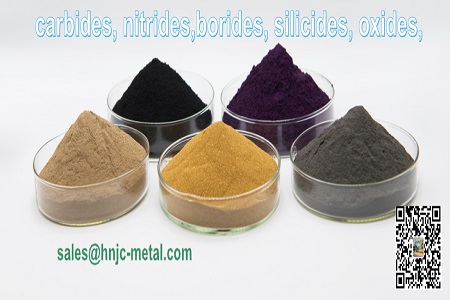Evaluation of the durability of ZrC as support material for Pt electrocatalysts in PEMFCs
Zirconium carbide is used as a catalyst in a REDOX cell for the oxidation of chromous ions to chromic ions and for the reduction of chromic ions to chromous ions. The zirconium carbide is coated on an inert electronically conductive electrode which is present in the anode fluid of the cell.
| Model | Average Particle Size (D50) | Purity(%) | O(%) | N(%) | CF(%) | CT(%) |
| ZrC3000 | 30-50nm | >99.0 | -- | -- | -- | 10.8~11.4 |
| ZrC0800 | 0.5-1.0um | >99.0 | ≤1.0 | ≤0.10 | ≤0.1 | 10.8~11.4 |
| ZrC0020 | 1.0-3.0um | >99.5 | ≤.0.8 | ≤0.10 | ≤0.1 | 10.8~11.4 |
| ZrC0021 | 1.0-3.0um (80% concentrated) |
>99.5 | ≤0.8 | ≤0.10 | ≤0.1 | 10.8~11.4 |
| ZrC0003 | 10.0-60.0um | >99.9 | ≤0.5 | ≤0.05 | ≤0.1 | 10.8~11.4 |
| ZrC0008 | -100+325mesh | >99.9 | ≤0.3 | ≤0.05 | ≤0.1 | 10.8~11.4 |
| ZrC0001 | -200mesh | >99.99 | ≤0.1 | ≤0.01 | ≤0.001 | 10.8~11.4 |
| Customized chemical composition and particle size can be made according to customer requirements. | ||||||

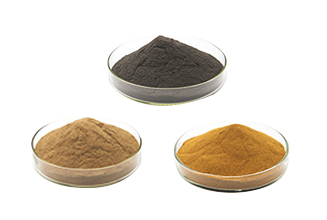
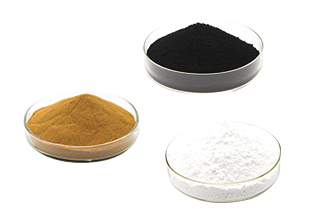
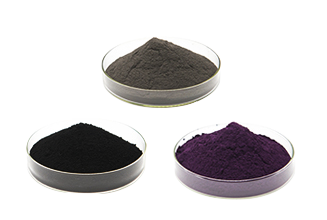
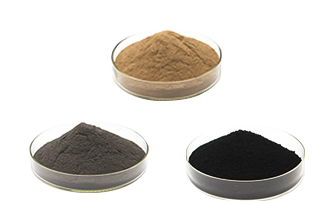
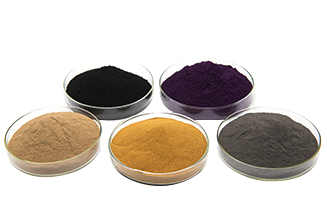
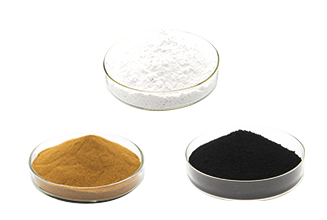
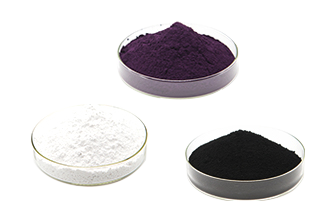
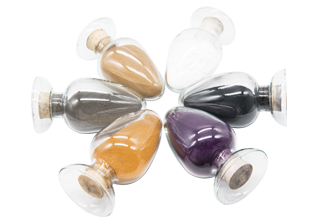

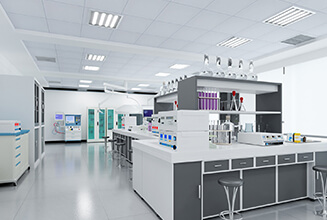
.jpg)
